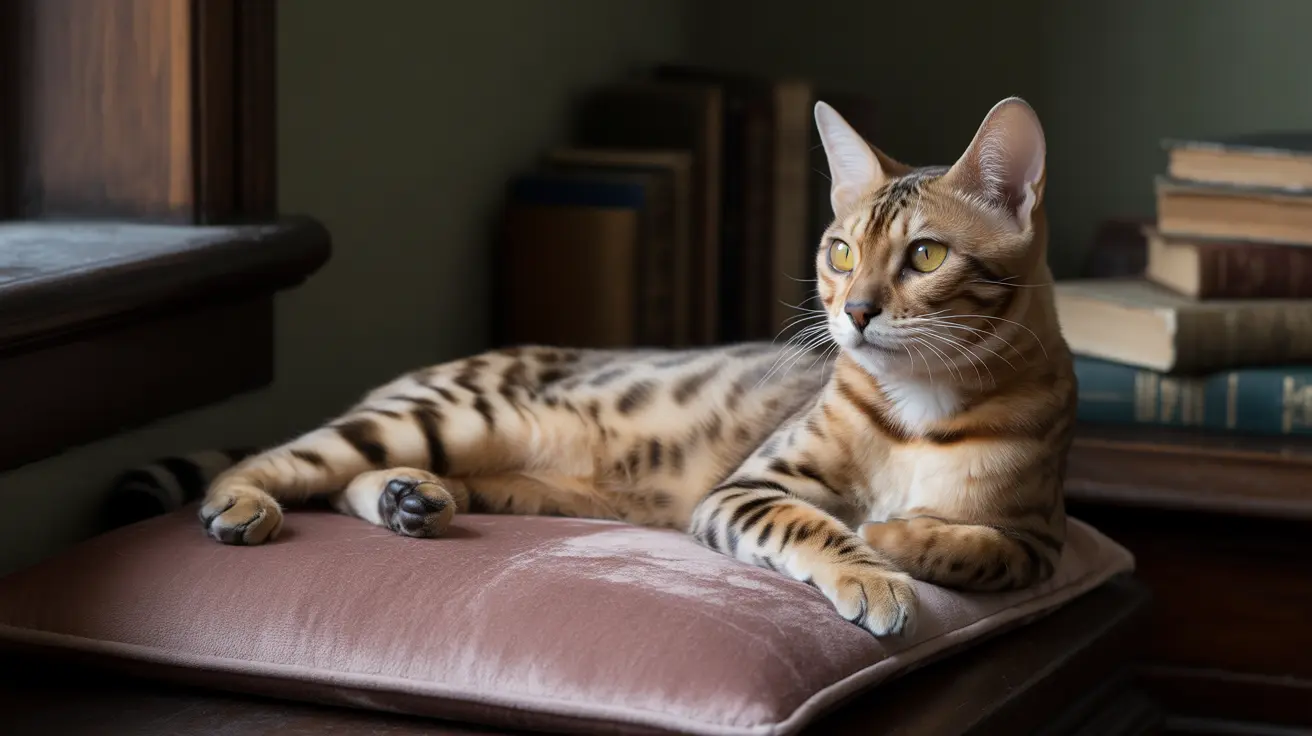Physical Changes in Dying Cat Eyes
When a cat is approaching the end of life, their eyes undergo several notable changes that can serve as important indicators of their condition:
Appearance Changes
The most noticeable change is often a dull, glassy appearance that replaces the usual bright, alert look of healthy cat eyes. These changes may develop gradually or suddenly, depending on the underlying cause of decline.
Pupil Response
Dying cats frequently exhibit fixed or dilated pupils that respond poorly or not at all to light. This change can indicate neurological decline or decreased brain function as the body begins to shut down.
The Third Eyelid: A Critical Indicator
One of the most significant signs in dying cat eyes is the visibility of the third eyelid, also known as the nictitating membrane. This usually hidden structure may become partially or fully visible, often appearing as a whitish film across the eye's surface.
When to Be Concerned
While the third eyelid may occasionally show slightly in healthy cats, persistent visibility, especially when accompanied by other symptoms, can indicate serious health decline.
Additional Eye-Related Symptoms
Sunken Eyes
Dehydration and weight loss often cause the eyes to appear sunken in their sockets. This symptom typically occurs alongside other signs of physical decline and requires immediate veterinary attention.
Changes in Eye Discharge
Dying cats may experience changes in eye discharge, ranging from excessive tearing to thick, unusual secretions. These changes can indicate underlying health issues or decreased ability to maintain normal eye function.
When to Seek Veterinary Care
While changes in dying cat eyes can indicate the natural end of life, many symptoms can also signal treatable conditions. Contact your veterinarian immediately if you notice:
- Sudden changes in eye appearance
- Signs of pain or discomfort
- Concurrent symptoms like refusing food or water
- Rapid deterioration in overall condition
Providing Comfort and Care
During your cat's final days, focus on providing comfort while monitoring their condition. Keep their environment calm and peaceful, and maintain gentle communication through soft speaking and gentle touch if welcomed by your pet.
Frequently Asked Questions
What do sunken or glassy eyes mean when my cat is nearing the end of life?
Sunken or glassy eyes typically indicate dehydration and overall physical decline. These changes often occur due to reduced fluid intake and decreased body function during the end-of-life process.
How can I recognize the eye-related signs that indicate my cat is dying?
Look for dull, unfocused eyes, dilated pupils that don't respond to light, visible third eyelids, and sunken appearance. These signs, especially when combined with other symptoms like reduced eating or lethargy, can indicate end-of-life stages.
Why does my dying cat's third eyelid become visible, and is this normal?
The third eyelid becomes visible due to weakness, dehydration, or neurological changes during the dying process. While normal in end-of-life stages, it should prompt veterinary consultation to ensure appropriate care.
How do changes in my cat's eyes reflect their overall health and comfort in the final days?
Eye changes often mirror overall systemic decline, indicating reduced organ function and neurological changes. These signs can help gauge your cat's comfort level and guide end-of-life care decisions.
Should I be concerned if my cat's pupils are fixed and unresponsive to light during aging?
Fixed, unresponsive pupils warrant immediate veterinary attention as they can indicate serious neurological issues or other health problems, some of which may be treatable if caught early.
Conclusion
Understanding the changes in dying cat eyes can help you provide better care for your beloved pet during their final days. While these signs can be distressing to observe, they serve as important indicators of your cat's condition and can guide decisions about their care and comfort.
Remember that many eye changes can also indicate treatable conditions, so always consult with your veterinarian to ensure you're making informed decisions about your cat's health and well-being.






